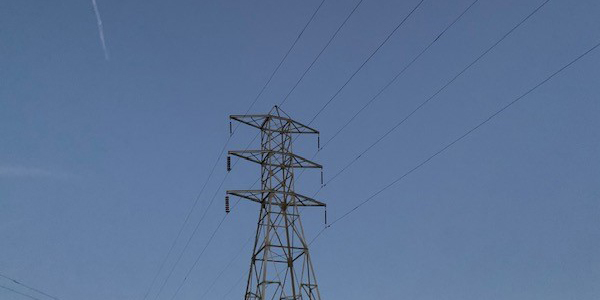The Western Energy Imbalance Market Governing Body waded into the discussion over CAISO’s summer energy shortfalls on Wednesday, asking questions of CAISO management and pondering how the EIM could better serve participants in times of system stress.
Governing Body Vice Chair Anita Decker asked whether the EIM, an interstate trading market run by CAISO, had provided a level playing field for its participants during the capacity shortfalls in mid-August and over Labor Day weekend — or whether it had favored the ISO.
In addition, she said, the root-cause analysis of the rolling blackouts Aug. 14-15 — prepared by CAISO, the California Public Utilities Commission and the state Energy Commission — had paid little attention to the role of the EIM. (See CAISO Issues Final Report on August Blackouts.)
“The EIM is mentioned, but it’s almost like we’re mentioned in passing,” Decker said. “That left me a little not sure that the EIM benefits were really demonstrated in the [root-cause analysis]. I’m sure they’re there, but I thought it was a little light.”
Member Carl Linvill questioned why demand response resources had not contributed more to heading off the shortfalls. And member Robert Kondziolka, a former management consultant for the Salt River Project, requested further analysis of the EIM’s behavior in the severe heat waves that hammered the West in August and September.
“We should be asking ourselves did the EIM perform as designed and expected? Did it meet requirements? And maybe, importantly, were there any anomalies identified?” Kondziolka said. “Did the EIM help reliability for the system during the summer’s heat waves, and was the EIM effective in helping acquire resources within the operating market timeframe? And then lastly, could the EIM have done more during the times of highest stress on the system?”
CAISO COO Mark Rothleder addressed the concerns one by one.
In response to Decker’s comments, Rothleder said he believes the EIM does provide a level playing field for its 11 members across the West. The root-cause analysis, he said, “didn’t dive deeply into [EIM performance] because, first and foremost, the EIM was not identified as any root cause to the events leading to the need to shed load in the California ISO on Aug. 14 and 15.”
“Our initial review indicated the Energy Imbalance Market generally identified where there was resource sufficiency issues, and more specifically flexibility issues, in the ISO, and it took the designed actions to freeze or limit the amount of transfers the ISO would be getting from other balancing areas that were participating in the EIM at that point,” Rothleder said. “And in fact, we saw transfers coming into the ISO, helping alleviate some of the supply issues that we were encountering on Aug.14 and 15. So that’s what was addressed in the root-cause analysis.”
CAISO has been taking a broader look at how the EIM performed and identified several issues, he said. A capacity test routinely performed on EIM entities had failed to identify capacity insufficiencies in CAISO, but a subsequent flexibility test did identify the shortfalls. The ISO intends to fix the capacity test, he said.
Another issue arose on Sept. 6 when the Pacific DC Intertie linking the Pacific Northwest to Southern California experienced problems, compounded by congestion on the Pacific AC Intertie into Northern California. Rothleder said the ISO is examining whether better interchange coordination or even automation is needed between the EIM’s balancing authority areas during times of system stress.
A major goal of the EIM — and one it is trying to refine in the wake of the summer events — is to promote transfers between members during shortages while preventing participants from leaning on the market and dragging other balancing authority areas into crisis.
CAISO is looking at whether current mechanisms need improvement as part of its 2021 summer readiness market enhancements stakeholder initiative. The EIM governing body will take up the proposed initiative, which has been fast-tracked, in its March meeting, followed by the ISO’s Board of Governors.


